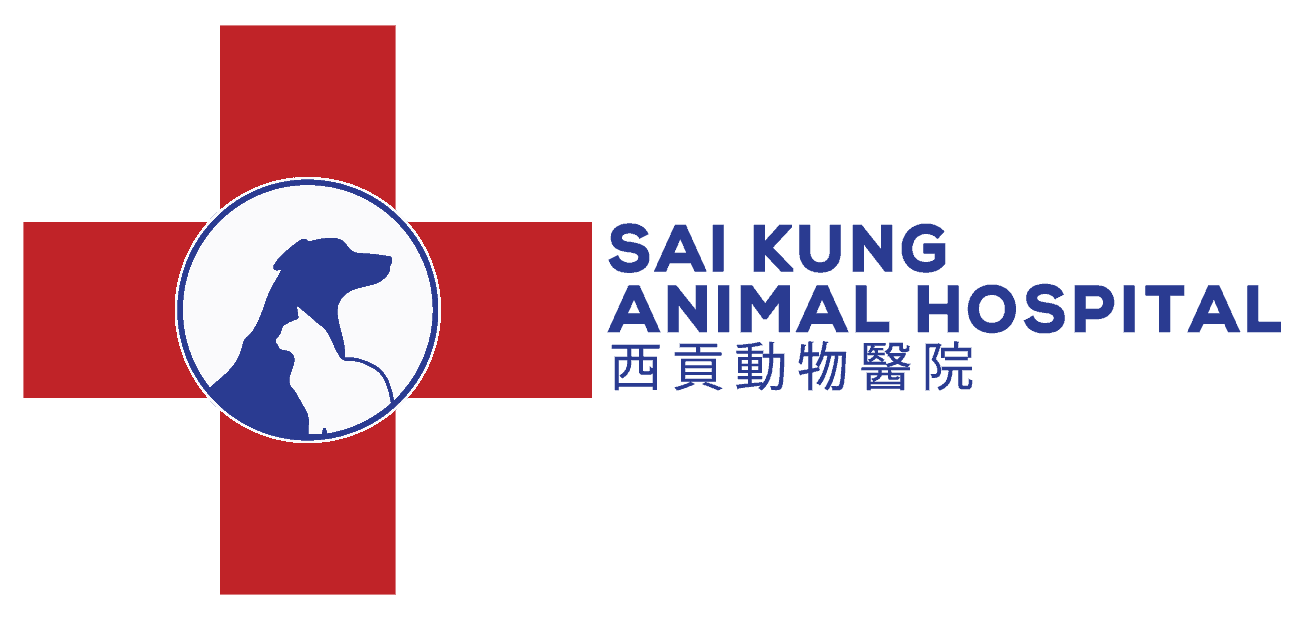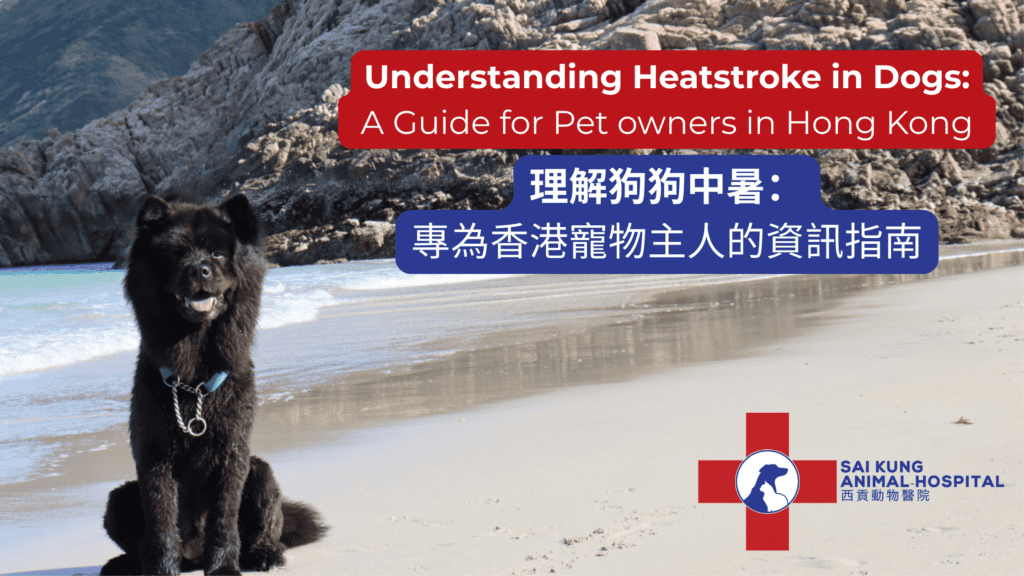It’s only the start of the hot weather, and this week we’ve already seen two cases of heatstroke at Sai Kung Animal Hospital. Fortunately, both patients survived due to rapid recognition and quick intervention by our staff.
As temperatures rise, it’s crucial for pet owners in Hong Kong to be aware of the risks of heatstroke in dogs. Unlike humans, pets cannot cool themselves effectively, making them particularly susceptible to overheating. Here’s what you need to know.
Why Do Pets Get Heatstroke?
- Dogs and cats cannot regulate their body temperature by sweating like humans do.
- They rely on panting and other mechanisms to cool down.
- In warm weather or if they are overexerted, pets can quickly reach dangerous body temperatures, leading to heatstroke—a potentially fatal condition.
Who Is Most at Risk?
Certain animals are more susceptible to heatstroke, including:
- Flat-faced breeds (e.g., Pugs, French Bulldogs)
- Pets with thick coats
- Elderly or overweight animals
- Pets with pre-existing health conditions, such as those affecting the airway, heart, or adrenal glands.
Note: You may not know your pet has an underlying health condition until an episode of heatstroke occurs.
Common Causes of Heatstroke
Heatstroke can occur even on mild days. Contributing factors include:
- Stress: Pets who are anxious and not used to travel or new places
- Excessive exercise in warm weather
- Poor ventilation in warm or humid environments
Note: In Sai Kung, many visiting dogs experience heatstroke after a day by the seaside, where stress, travel, and heat combine to create a perfect storm for overheating.
Early Signs of Heatstroke
Recognizing the signs early can save your pet’s life. Symptoms include:
- Panting that progresses to distressed breathing (a loud, hacking pant)
- Restlessness or agitation
- Drooling
- Red gums or tongue
- Increased heart rate
- Vomiting or diarrhoea
Advanced Symptoms
As heatstroke worsens, symptoms can escalate to:
- Lethargy
- Confusion
- Weakness or collapse
- Seizures
First Aid for Heatstroke
If you suspect your pet is suffering from heatstroke, act quickly. Remember: “Cool first, transport second.”
- Move your pet to a cool, well-ventilated area.
- Offer small sips of water (do not force them to drink).
- Cool them down:
- For young, healthy dogs: Consider cold water immersion.
- For older dogs or those with health issues: Use the evaporation method—pour water over them and create airflow with a fan.
- Avoid ice-cold water, which can constrict blood vessels and worsen the situation.
Note: In my experience, a cold shower with a handheld hose or water flowing over the neck and groin areas works best. Always keep your pet’s head out of the water. Along with oxygen support and intravenous medication, water immersion is what we do when an animal arrives at the clinic in heat distress. Do this at home while you call us for further advice! If you’re out and about, pouring water from a bottle over your pet can help.
Early Signs of Heatstroke
Recognizing the signs early can save your pet’s life. Symptoms include:
- Panting that progresses to distressed breathing (a loud, hacking pant)
- Restlessness or agitation
- Drooling
- Red gums or tongue
- Increased heart rate
- Vomiting or diarrhoea
Advanced Symptoms
As heatstroke worsens, symptoms can escalate to:
- Lethargy
- Confusion
- Weakness or collapse
- Seizures
First Aid for Heatstroke
If you suspect your pet is suffering from heatstroke, act quickly. Remember: “Cool first, transport second.”
Move your pet to a cool, well-ventilated area.
- Offer small sips of water (do not force them to drink).
- Cool them down:
- For young, healthy dogs: Consider cold water immersion.
- For older dogs or those with health issues: Use the evaporation method—pour water over them and create airflow with a fan.
- Avoid ice-cold water, which can constrict blood vessels and worsen the situation.
Note: In my experience, a cold shower with a handheld hose or water flowing over the neck and groin areas works best. Always keep your pet’s head out of the water. Along with oxygen support and intravenous medication, water immersion is what we do when an animal arrives at the clinic in heat distress. Do this at home while you call us for further advice! If you’re out and about, pouring water from a bottle over your pet can help.
Prevention Tips
To protect your pet from heatstroke:
- Keep your pet within a healthy weight range.
- Provide access to shaded areas indoors and outdoors.\
- Limit exercise during the hottest times of the day—walk early in the morning or later in the evening.
- Limit ball chasing, as dogs will keep doing this indefinitely.
- Carry water on walks to keep them hydrated and use it to cool your pet if needed.
- Check pavement temperatures—if it’s too hot for your hand, it’s too hot for their paws.
- Never leave pets in cars or hot rooms.
- Keep drinking water available, adding ice to help keep it cool.
- Groom your pet regularly if recommended for their breed.
- Screen your pet for underlying health conditions.
Note: At least 75% of the patients we see with heatstroke are overweight and have undiagnosed conditions such as airway disease, heart disease, or Cushing’s disease. Many of these pets are not regularly taken for a “day out” or are experiencing their first day out in the hot weather since the previous year.
I hope you find this information helpful. Sadly, we see too much heatstroke in Sai Kung, and I suspect there are many more cases where pets have tragically died at home after running around in the garden.
Stay vigilant and keep your furry friends safe!
Dr Genevieve Touzel BVSc MRCVS CertVetAc(IVAS)

